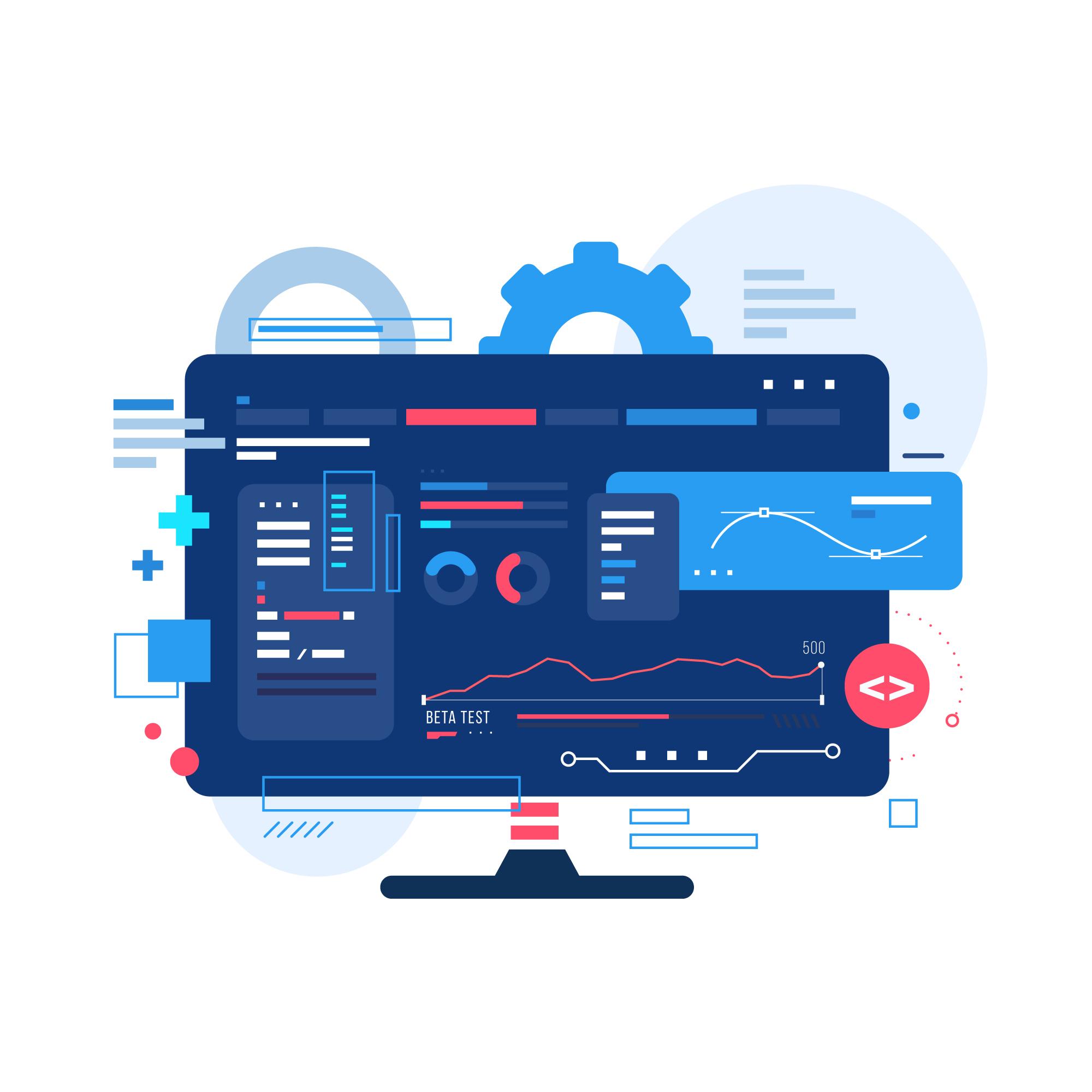Flutter, a powerful framework for building cross-platform applications, has become increasingly popular due to its high performance, flexibility, and native-like experience. However, as with any mobile app development framework, developers must pay attention to optimization techniques to ensure the best performance for users. Optimizing Flutter apps not only enhances the user experience but also boosts speed, reduces resource consumption, and ultimately leads to higher user satisfaction. In this article, we will discuss effective ways to optimize Flutter apps for better performance.
1. Minimize Widget Rebuilds
One of the most common performance issues in Flutter is excessive widget rebuilding. Flutter uses a declarative UI model where the UI is rebuilt every time state changes, which can lead to performance problems if not managed properly. Here’s how to minimize unnecessary rebuilds:
A. Use the const Constructor: Using the const constructor for widgets that don’t change can improve performance by allowing Flutter to reuse widgets instead of rebuilding them from scratch.
B. Utilize ListView.builder() for Large Lists: When dealing with large lists, avoid rendering the entire list at once. Instead, use ListView.builder() to lazily build only the items that are visible on the screen.
C. Provider and InheritedWidget for State Management: Use state management solutions like Provider or InheritedWidget to optimize the rebuilding of only the necessary parts of the widget tree when state changes, instead of rebuilding the entire UI.
2. Optimize Images and Assets
Flutter applications often include images and other assets that can significantly impact app performance. Here are some ways to optimize assets for faster load times:
A. Use Appropriate Image Formats: Using compressed and optimized image formats like WebP, PNG, or JPEG can reduce the file size without compromising visual quality. Flutter supports various image formats, but choosing the right format can improve loading times.
B. Cache Images: Flutter provides several libraries such as cached_network_image to cache images locally. This helps in reducing the need for fetching the same images from the network repeatedly, thus improving loading speeds.
C. Resize Images for Different Screen Sizes: For apps targeting multiple device types, ensure that images are resized appropriately to match different screen resolutions. Flutter’s flutter_image_compress plugin can help compress large images, improving performance.
3. Profile and Monitor App Performance
Flutter provides a suite of profiling tools to monitor your app’s performance. Regularly profiling and monitoring your app will help you identify and address performance bottlenecks:
A. Use the Flutter DevTools: Flutter DevTools is an extensive suite of performance and debugging tools that allows you to inspect widget rebuilds, measure frame rendering times, and monitor memory usage. With these tools, you can identify areas where performance is lagging and fix them.
B. Optimize Frame Rendering Times: Flutter’s frame rendering time should stay within 16ms (60 FPS) for smooth performance. Using DevTools, you can track frame rendering times and make optimizations if you notice any frames being dropped or taking longer to render.
C. Monitor App Memory Usage: Excessive memory usage can lead to sluggish app performance or crashes. Use the Memory tab in DevTools to analyze memory usage and identify any memory leaks or inefficient memory usage.
4. Efficient Use of Plugins
Flutter’s extensive plugin ecosystem provides a variety of functionalities, but overusing plugins or using inefficient ones can harm your app’s performance. Here’s how to efficiently manage plugins:
A. Choose Lightweight Plugins: Opt for lightweight plugins that are optimized for performance. Plugins that provide unnecessary features or bloat should be avoided.
B. Limit Background Processes: Background tasks such as network calls, data syncing, or location services can drain resources if not properly optimized. Ensure that these tasks run efficiently and are terminated when not in use.
C. Use Platform-Specific Code Sparingly: Flutter allows the integration of native code (Java/Kotlin for Android, Swift/Objective-C for iOS). While this can enhance app performance, excessive use of platform-specific code can lead to performance issues. Limit the use of platform channels to only when necessary.
5. Minimize App Size
Reducing the app size can significantly improve performance, especially when it comes to app load times and device storage:
A. Remove Unused Code and Assets: Flutter provides tools like the flutter build apk –split-per-abi command, which generates smaller APK files for each architecture (arm64, x86, etc.). This reduces the overall APK size by including only the code required for each specific device.
B. Use Proguard for Release Builds: Proguard is a tool that helps minify and obfuscate your code, reducing the size of your APK and improving app performance. It also makes your app harder to reverse-engineer, adding a layer of security.
C. Implement Code Splitting: Flutter supports code splitting, which means you can separate parts of your app into different modules and load them only when needed. This ensures that the initial app launch is faster and reduces the overall app size.
6. Optimize for Battery Life
Performance isn’t just about speed—it’s also about efficiency. Optimizing your Flutter app for battery life is crucial, especially for apps that run in the background or perform intensive tasks:
A. Limit Background Services: Avoid running services or tasks in the background unless absolutely necessary. Excessive background tasks can drain the battery, leading to poor user experience.
B. Use Efficient Network Requests: Reduce the number of network requests made by your app, and use efficient protocols such as HTTP/2 to speed up request processing. Ensure that network requests are batch-processed where possible to minimize power consumption.
C. Reduce CPU and GPU Usage: Optimize animations and UI elements to minimize GPU usage. Avoid complex animations that may consume too much power, and use simple, efficient widgets that don’t require extensive processing power.
Conclusion
Optimizing Flutter apps for performance is an ongoing process that involves efficient resource management, reducing app size, and using the right tools and plugins. By implementing the strategies mentioned in this article, you can significantly enhance the performance of your Flutter app, ensuring that users have a seamless experience. For businesses looking to build high-performance apps with optimized functionality, Flutter App Development Services are an excellent choice. With its strong performance optimizations and a wealth of resources, Flutter can help businesses deliver a fast, responsive, and reliable app to their users.




